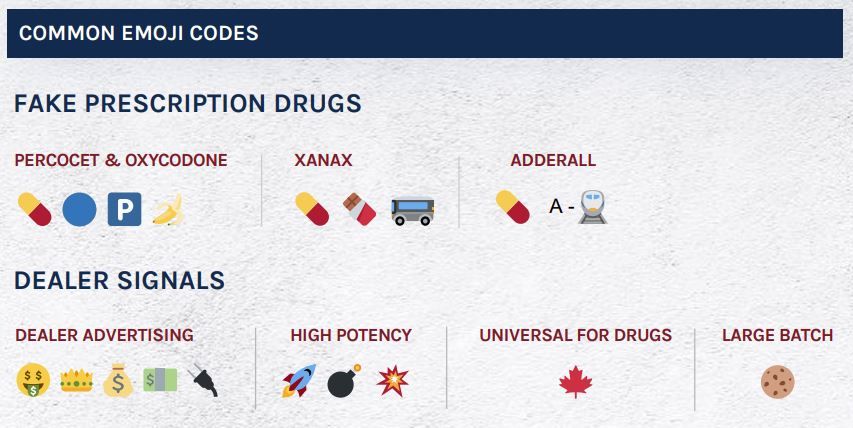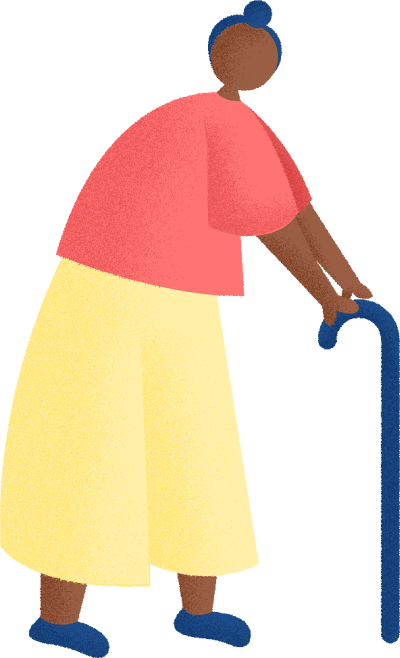Naloxone access is critical to saving teens from fentanyl overdose
In my previous blog, I highlighted the story of Sammy Chapman, a 16-year-old who died of an overdose from a fentanyl-laced pill sold to him by a predatory dealer on Snapchat. It's a heartbreaking example of how the rapid spread of illicit fentanyl is adding to America's already complex overdose epidemic.
Ken Trogdon —

Sammy's story is becoming more common in families and communities across our country. Consider these statistics from a recent CDC study of drug overdose data from 2019-2021.
- Teenage deaths involving illicit fentanyl increased 182% in the studied time range.
- Approximately 84% of adolescent overdose deaths involved illicit fentanyl.
It's easier than ever for drug dealers to sell deadly drugs to children - especially through the use of Snapchat and other social media apps that easily reach kids and teens.
A group of 50 families filed a lawsuit against Snapchat earlier this year following the death of their children from drug overdoses. The lawsuit claims that Snapchat was a conduit for over 75% of the fentanyl poisoning deaths of teens from 2020-2022. While teens are drawn to the app for friendly interaction and photo filters, Snapchat has become a popular avenue for drug dealers because of the disappearing messages, emoji codes and ability to remain anonymous.
Groups like Parents for Safer Children - started by the parents of Sammy Chapman - are working tirelessly to generate awareness for parents and teens across the country. Their work will continue to elevate the discussion and help parents protect their children while making teens aware of counterfeit pills laced with fentanyl.
These efforts complement the work of HarborPath as we partner with states and nonprofits to make the life-saving medication naloxone affordable and accessible. Naloxone, commonly known as Narcan, is a drug that quickly reverses overdoses by blocking the opioid effects from the brain. Naloxone has proven to be an effective tool in saving lives on the front lines of the opioid epidemic, by first responders, medical professionals and sometimes even administered by family members and friends.
Here is one more statistic from the CDC study I referenced earlier: Two out of every three teen overdose deaths occurred with at least one bystander present.
This is why our mission at HarborPath is so critical. When naloxone is on hand in our homes, schools, glove boxes and purses, bystanders are able to take swift action and save a life when an overdose occurs.
Operation UNITE, a close partner in eastern Kentucky, recently received a $1 million grant to launch a Naloxone Plus program. These are the types of partnerships and distribution systems we are discussing with communities and states throughout the nation. They are focused on removing as many barriers as possible to making naloxone free and available for whoever needs it.
By partnering with advocacy and awareness groups, our goal is to make parents and teenagers aware of the deadly pills being sold online – and the importance of keeping naloxone at arm’s length in case of an emergency.



